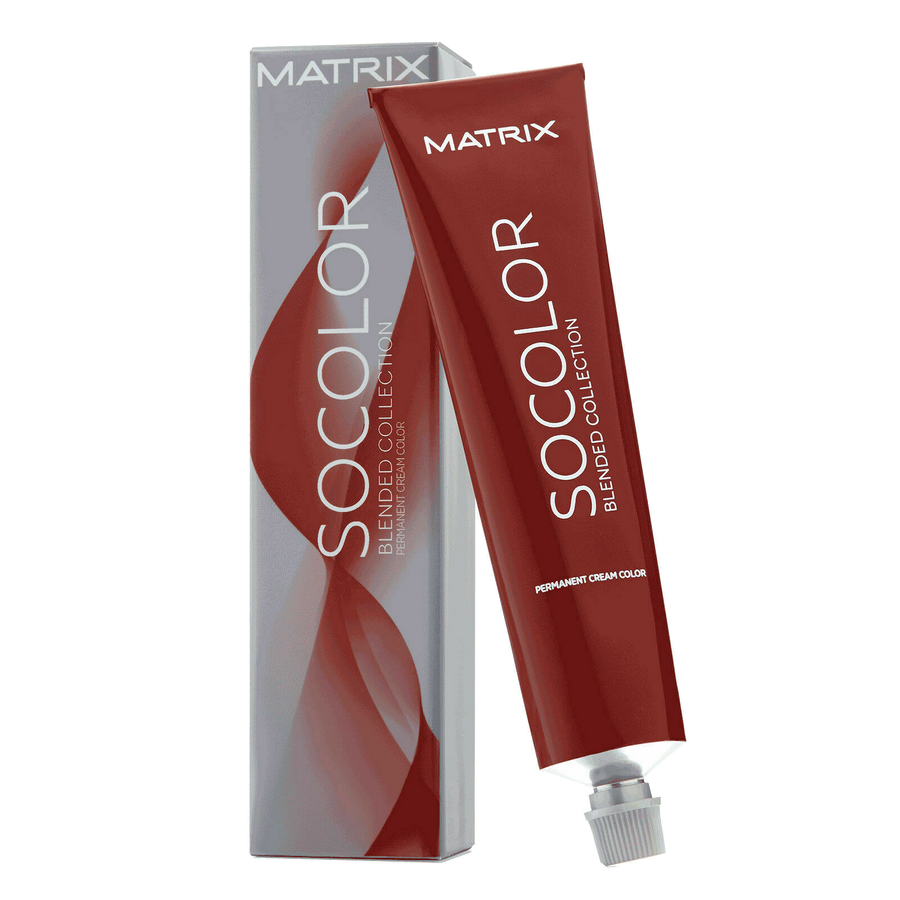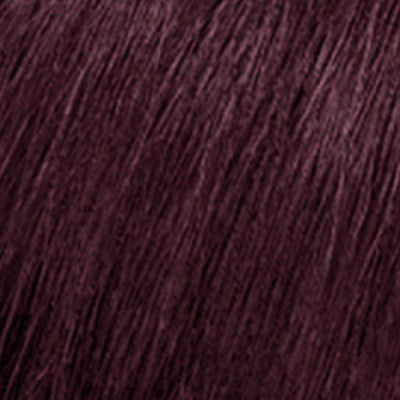Master the Science of Hair Porosity with Smooth & Charming
Understanding the science of hair porosity goes hand-in-hand with achieving healthy, beautiful locks. Hair porosity refers to your hair's ability to absorb and retain moisture, making it a crucial factor in determining the effectiveness of your hair care routine. At Smooth & Charming, we are dedicated to providing high-quality products and resources for all hair types and textures, empowering our customers to achieve their hair goals with confidence. In this informative guide, we unravel the fascinating science of hair porosity, its impact on hair health, maintenance, and product selection, and share expert tips on tailoring your hair care routine for optimal results.
By learning about hair porosity, you can make informed decisions about the products and techniques that will best serve your hair's unique needs. Low, medium, and high porosity hair each come with their own set of challenges and requirements. For example, low porosity hair has tightly bound cuticles that can make it difficult for moisture to penetrate, while high porosity hair may struggle to retain moisture due to its raised cuticles. By understanding your hair's porosity level, you can gain invaluable insight into the most effective methods and ingredients to maintain its health and beauty.
1. Identifying Your Hair Porosity Level
Before tailoring your hair care routine to your hair's unique needs, it is essential to identify your hair's porosity level. The following tests can help you determine whether you have low, medium, or high porosity hair:
A) The Float Test: Place a clean hair strand in a glass of water and observe its behaviour. If it floats even after several minutes, you likely have low porosity hair. If it sinks slowly, it indicates medium porosity, and if it sinks rapidly, you have high porosity hair.
B) The Slip'n'Slide Test: Gently slide your fingers up a strand of hair towards your scalp. If it feels smooth, you likely have low porosity hair, whereas if it feels rough or bumpy, you are dealing with high porosity hair.
C) Assessing Your Hair's Characteristics: Observe your hair's reaction to products, moisture, and drying time. Low porosity hair may take longer to dry and is more prone to product buildup. High porosity hair dries quickly and easily absorbs moisture but struggles to retain it.
2. Tailoring Your Hair Care Routine for Low Porosity Hair
If you have identified your hair as low porosity, use these tips to optimize its health and embrace the power of moisture:
A) Choose Lightweight Oils: Opt for lighter oils, such as argan or sweet almond oil, that won't weigh your hair down and can penetrate the hair shaft more effectively.
B) Hydrate with Heat: Make use of heat when deep conditioning your hair, as it opens up the hair cuticles, allowing for better moisture absorption.
C) Avoid Product Buildup: Low porosity hair is susceptible to product buildup. Use clarifying shampoos and lightweight conditioners to prevent this issue and maintain a healthy scalp.
D) Limit Protein Treatments: Be cautious with protein treatments, as low porosity hair tends to be protein-sensitive, which can lead to dry, brittle hair.
3. Nurturing Your Medium Porosity Hair
Medium porosity hair typically strikes the ideal balance between absorption and retention of moisture, so focus on maintaining its health with these tips:
A) Consistent Moisture Retention: Stay on top of your moisturizing routine using regular deep conditioning treatments to maintain your hair's healthy moisture balance.
B) Moderate Protein Treatments: Since medium porosity hair usually has a healthy balance, you can incorporate occasional protein treatments to maintain its strength and elasticity.
C) Use Balanced Hair Products: Choose hair products formulated for balanced hydration and nourishment to support your hair's overall health and vitality.
4. Caring for High Porosity Hair
High porosity hair needs extra attention and care, as it has a harder time retaining moisture. These tips can help enhance the health and appearance of your high porosity locks:
A) Seal in Moisture: Use heavy, nourishing oils like coconut oil or shea butter to seal and lock in moisture after hydrating your hair.
B) Regular Protein Treatments: High porosity hair benefits from consistent protein treatments that strengthen and rebuild damaged cuticles.
C) Gentle Treatments: Avoid harsh chemical treatments, heat styling, and coloring, as these can further damage your high porosity hair.
D) Layer Your Products: Use the LCO (liquid, cream, oil) or LOC (liquid, oil, cream) method for layering your hair products to optimize moisture retention in high porosity hair.
Conclusion:
The science of hair porosity is a powerful tool in unlocking the true potential of your gorgeous locks. By understanding your hair's porosity level and tailoring your hair care routine accordingly, you can enhance its health, radiance, and overall beauty. Smooth & Charming is here to support you on this empowering journey every step of the way, providing invaluable information and expert guidance to help you embrace the power of hair porosity and achieve flawless, vibrant tresses.
Delve into the fascinating world of hair porosity to transform your hair care routine with Smooth & Charming's informative guide. Learn how to identify your hair's unique porosity level and tailor your hair care practices to turn your porosity into your greatest advantage. Trust in the knowledge, dedication, and passion of Smooth & Charming to lead you on a captivating journey towards healthy, radiant hair that harmonizes with your individuality and charm.




